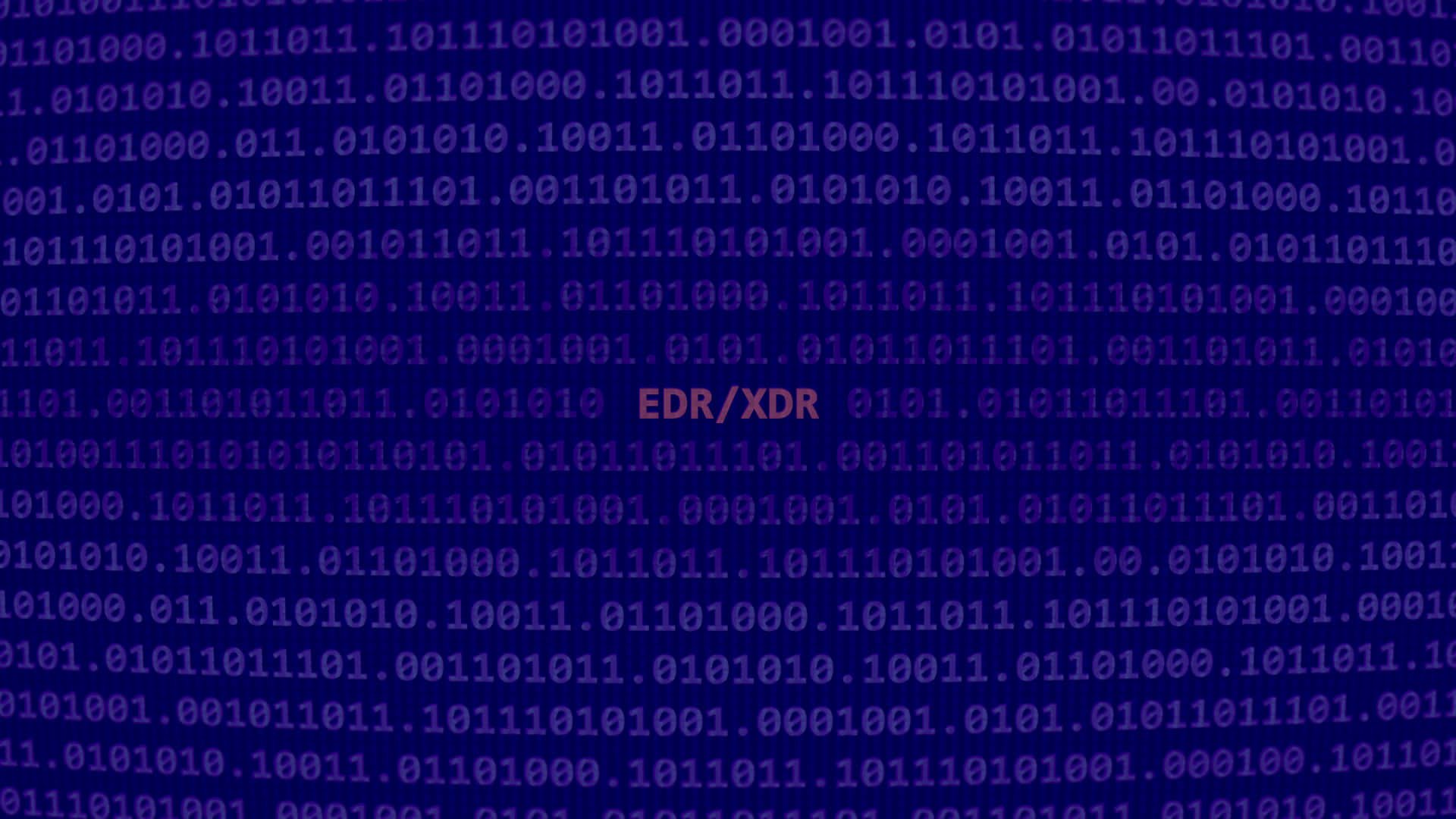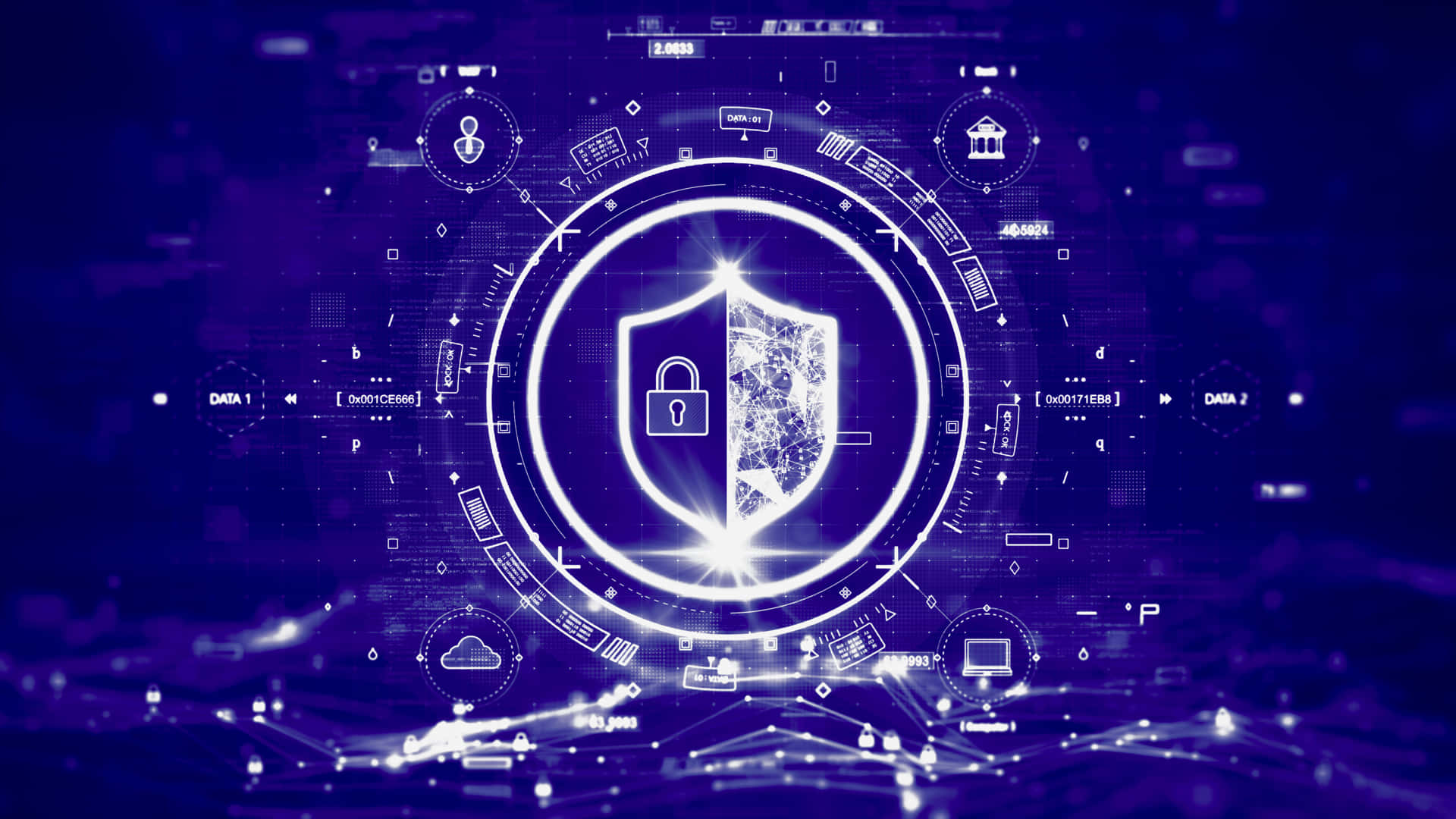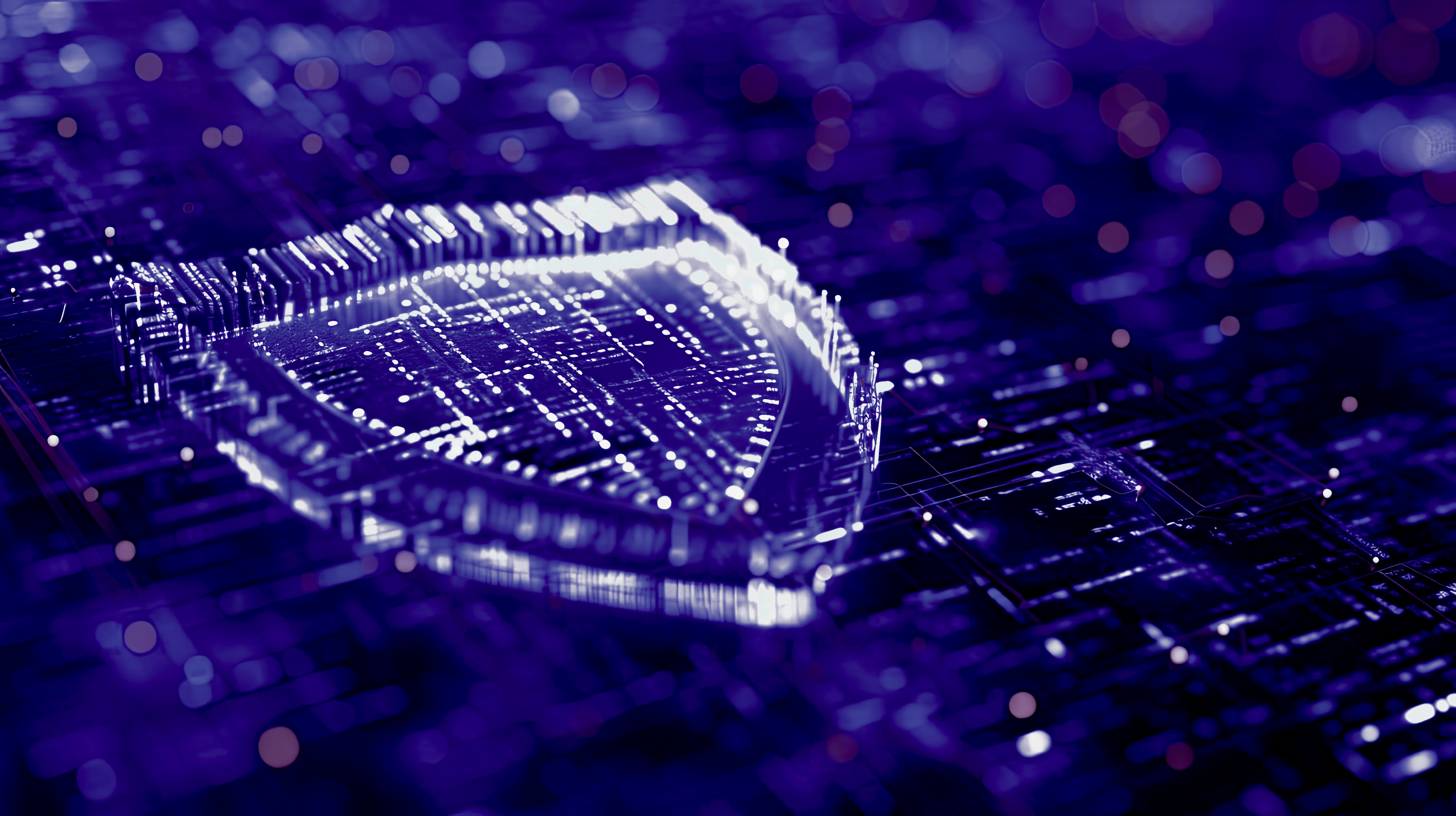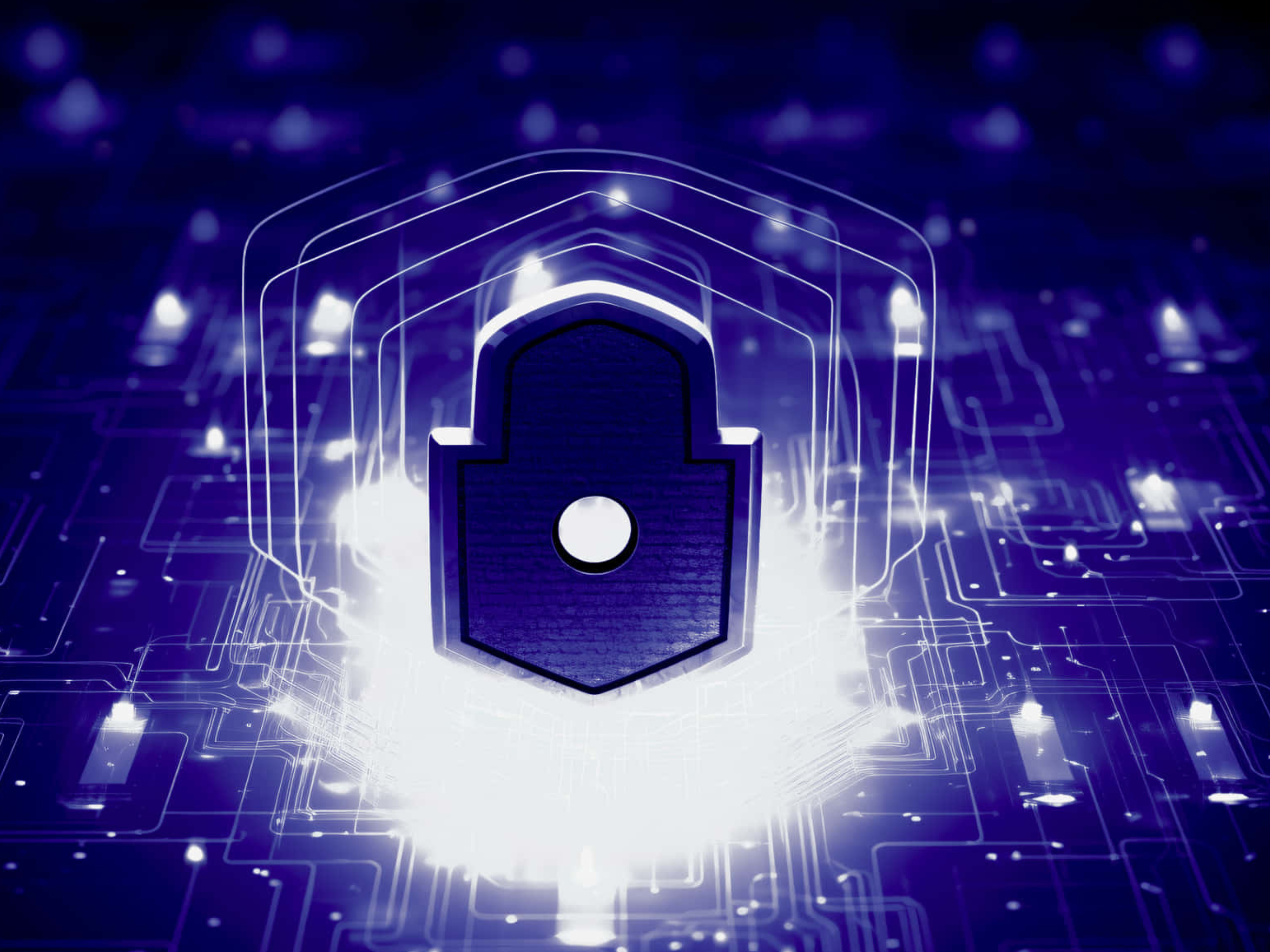In today’s complex cybersecurity environment, two advanced solutions have emerged as the front runners in the fight against cyber threats: Next-Generation Security Information and Event Management (Next-Gen SIEM) and Extended Detection and Response (XDR) solutions.
Both have unique strengths in protecting digital assets of organisations, but when integrated and used together, they can help organisations achieve a truly proactive security posture.
It is essential that organisations understand the distinct roles and capabilities of Next-Gen SIEM and XDR solutions, in order to navigate the complex cybersecurity landscape successfully. In this article, we will explore both solutions and how they support an organisation’s cybersecurity.
We will also discuss how combining these solutions can help organisations stay ahead of cyber threats.

Introducing SIEM: The Evolution and Capabilities
Legacy SIEM systems were the first generation of SIEM solutions and have been a staple in the cybersecurity landscape for decades. Next-Gen SIEMs represent an evolution from its predecessor, the legacy SIEM, by incorporating AI, machine learning, and other sophisticated technologies.
SIEMs are designed to help organisations collect, store, analyse, and correlate security data from various sources. Legacy SIEMs, however, heavily rely on rule-based detection, using predefined rules and signatures to detect security incidents.
These rules only apply to known attack patterns and vulnerabilities, limiting their capacity to identify new or sophisticated attacks.
Next-Gen SIEM solutions represent a new breed of cybersecurity platforms designed to overcome the limitations of legacy SIEMs.
They embrace advanced technologies and functionalities such as artificial intelligence (AI), machine learning (ML), and user entity and behaviour analysis (UEBA) to provide organisations with more proactive, adaptive, and efficient security operations.
Next-Gen SIEMs excel in aggregating and analysing vast amounts of log data from across an organisation’s entire IT and OT environments in real-time. It provides comprehensive visibility into security events, facilitating the early detection and hunting of potential threats, detection of anomalies, support in forensic analysis, and aid in compliance reporting.
Capabilities of SIEM include:
- Real-time Visibility and Analysis: They offer unparalleled near real-time insights into security events across an organisation’s network, enhancing the ability to detect and respond to threats swiftly.
- Comprehensive Data Aggregation: By aggregating data across diverse sources, Next-Gen SIEMs provide a holistic view of an organisation’s security posture, aiding in complex threat detection and investigation.
- Regulatory Compliance: With built-in compliance management features, Next-Gen SIEMs simplify adherence to regulatory requirements, a critical aspect for industries under stringent data protection laws.
- Machine Learning: Adaptive learning is at the core of Next-Gen SIEMs. These platforms use machine learning algorithms to continuously learn from historical and real-time data, allowing them to rapidly evolve and improve their threat detection capabilities over time. Even the most subtle changes in data patterns and deviations from normal behaviour can inform the system of a potential threat.
- Cloud-Native Architecture: Next-Gen SIEM solutions are designed with cloud-native architectures. This means they are inherently scalable and can adapt to changing workloads and data volumes. Organisations can take advantage of cloud resources to handle spikes in data traffic during security incidents or as they grow and expand into different geographies.

EDR & XDR: A Unified Approach to Threat Detection and Response
As technology advances, organisations must be wary of the increasing number of endpoints that can be associated with cyberattacks.
Some examples of endpoints include mobile devices, desktop computers, laptops, connected machines, and servers. As endpoints are often the main entry point for cyber threat actors to target, endpoint security plays an important role for organisations to mitigate threats.
As the name suggests, endpoint detection and response (EDR) focuses on the endpoint level and utilises different techniques to detect threats. Once a threat is detected, EDR can initiate responses such as isolating the infected endpoint or removing malicious processes.
Such techniques include signature-based detection, behavioural analysis, and machine learning to identify threats across multiple endpoints. Through detection, security teams are then able to identify and respond to threats.
Extended detection and response (XDR) is an evolution of EDR and goes beyond endpoint security by analysing other sources of telemetry to detect and protect against threats.
XDR collects and automatically correlates data across various security layers, such as email, endpoints, servers, and cloud services, facilitating a broader view of potential threats and a more efficient detection, investigation, and response process.
XDR integrates data from multiple security tools to provide a comprehensive view of an organisation’s security posture. This integration enables XDR to automate responses to detected threats, streamlining the security operations centre (SOC) workflows and reducing the time to respond to incidents.
Capabilities of XDR include:
- Cross-domain Detection and Response: XDR’s strength lies in its ability to provide a unified view and control across different security layers, enabling faster identification and mitigation of threats.
- Streamlined Security Operations: By consolidating alerts and automating responses, XDR reduces operational complexity, allowing security teams to focus on higher-level strategies.
- Enhanced Investigative Capabilities: XDR tools offer enriched investigation capabilities with context-rich data, making it easier to understand and remediate threats.
However, like other security tools, XDR presents its own set of challenges, some of which include:
- Complexity of Integration: Integrating diverse security tools and technologies to create a unified XDR platform can be complex and time-consuming. Another limitation is that XDR solutions have predefined log sources and formats they support. This could result in incomplete log collection and analysis, potentially missing crucial information for comprehensive threat detection and investigation.
- Data Overload and False Positives: XDR solutions aggregate vast amounts of telemetry data from multiple sources, which can result in information overload for security teams as they sort through large volumes of data to distinguish genuine security threats from false positives.
- Visibility Gaps: Despite its integrated approach, XDR may still encounter visibility gaps, particularly in environments with legacy or unsupported systems, IoT devices, or cloud services that lack native integration with XDR platforms. These visibility gaps can limit the effectiveness of threat detection and response efforts.
- Privacy and Compliance Concerns: Collecting and analysing telemetry data from various sources across the IT environment raises privacy and compliance concerns, especially in regions with stringent data protection regulations such as the GDPR.
- Lack of Log Management: When it comes to log management, XDR solutions do not offer the same level of flexibility and scalability as standalone log management tools. These include extensive log collection, storage, and analysis features, which allow organizations to handle large volumes of logs efficiently. Additionally, XDR solutions prioritize the correlation and analysis of security events across disparate security tools rather than deep log analysis.

Complementing Capabilities: The Synergy of Next-Gen SIEM and XDR
Next-Gen SIEM has evolved to serve as a broader threat and operational risk platform. XDR has evolved with a specific focus on endpoint threat detection and response.
While both Next-Gen SIEM and XDR offer significant advancements on their own, their combined use empowers organisations with a more comprehensive defence mechanism against cyber threats.
Layered Defence Strategy
Next-Gen SIEM’s broad data analysis and compliance features complement XDR’s focused, cross-layer detection and response capabilities, allowing security teams to cover more ground in threat defence.
Enhanced Detection and Faster Response
The detailed insights from Next-Gen SIEM’s data analysis enrich XDR’s automated response mechanisms, enabling quicker and more informed decisions in combating threats.
Optimised Security Operations
Together, they streamline security operations, reducing alert fatigue and improving the efficiency of security teams through automated processes and a unified security view.

Have An EDR But Looking For More than Just a SIEM?
If you already have an EDR solution but are looking for a Next-Gen Security Operation platform that consolidates your XDR and SIEM, there are a few key features to consider. Look for a solution that offers advanced threat detection and response capabilities, as well as real-time visibility and analytics across your entire environment.
For example, by leveraging Blacklight AI, organisations can benefit from having the most comprehensive platform to offer:
Global Visibility
Blacklight ingests, centralises, and correlates data from all sources, including IT, OT, and Blockchain, enabling accurate threat detection and truly global visibility of your ecosystem. This includes data integrations with EDR tools.
Predictive, AI-enhanced Detection
By leveraging AI-based correlation and pattern recognition of security data and alerts, Blacklight equips your SOC with the contextual insights needed to detect and respond to threats – no matter how nuanced or novel. Blacklight also integrates contextual threat intelligence to effectively rank and prioritise alerts, ensuring the team is always focused on the most serious threats.
Continuous Fine-Tuning
ML algorithms embedded in Blacklight’s AI engine work to continuously improve detection abilities, drastically reducing false positive alerts that traditionally overload SOCs. This ensures that your team tackles high-fidelity, genuine alerts.
Blacklight AI can seamlessly integrate with your existing XDR solution to provide a comprehensive security posture. Taking these factors into account will help you choose the right Next-Gen SIEM to augment your XDR capabilities and enhance your security operations. With Blacklight, organisations can rest assured knowing they are respecting data protection laws.
Ready to get started? Book a demo with us today!
About Blacklight AI Platform
Blacklight, our proprietary AI-based Security Operations Platform, helps you secure, monitor and detect beyond your traditional SIEM. Blacklight is architected, designed and built using industry best practices, offering the maximum level of flexibility and extensibility.
Combined with SOC services, we provide the highest level of visibility into your organisation’s security for proactive monitoring.
Learn more: blacklightai.com
Follow us: LinkedIn
Book a demo: blacklightai.com/contact-us/
© 2024 Blacklight AI. All rights reserved. For permission to use the content on our website, please contact us at info@blacklightai.com

